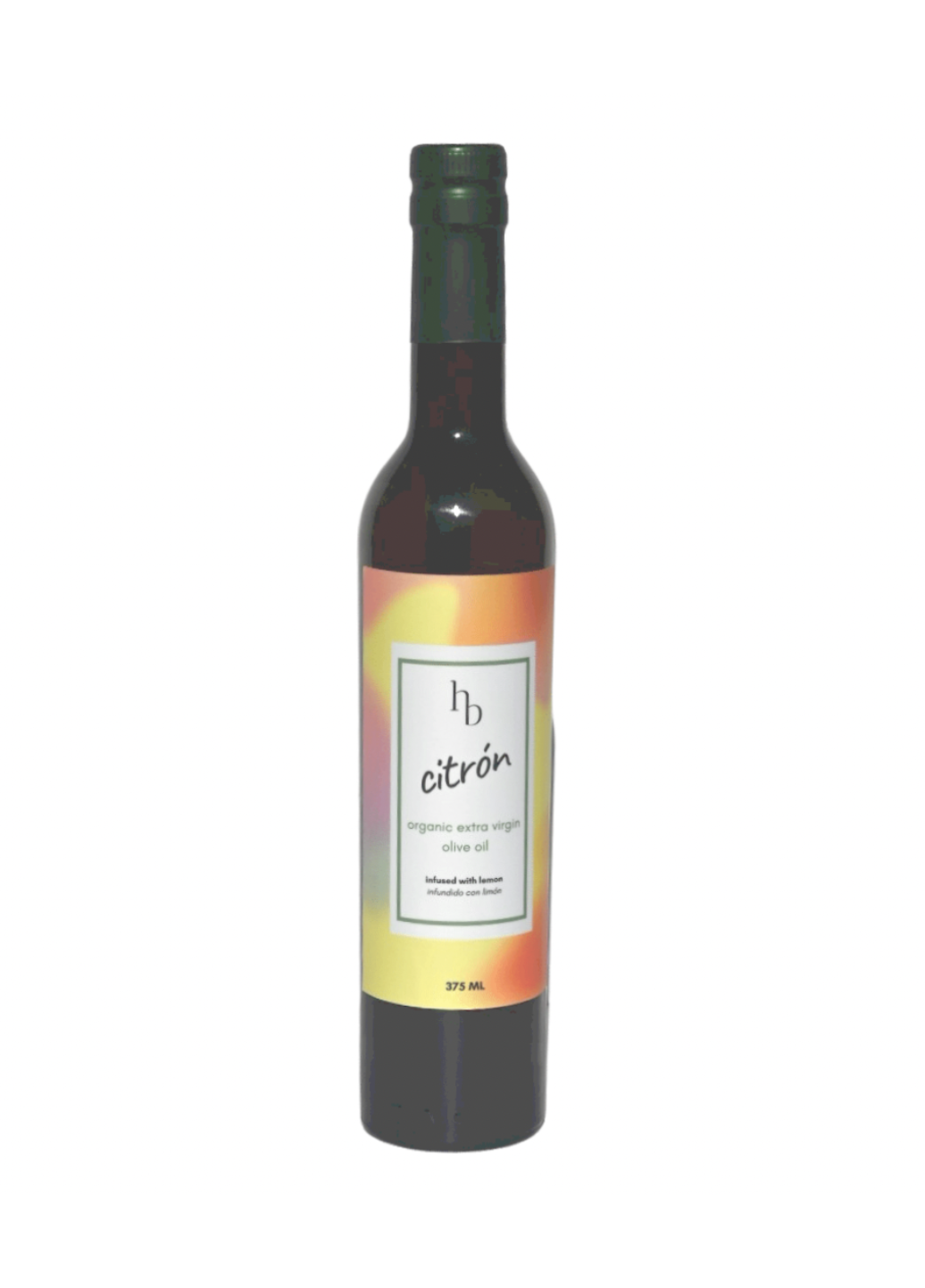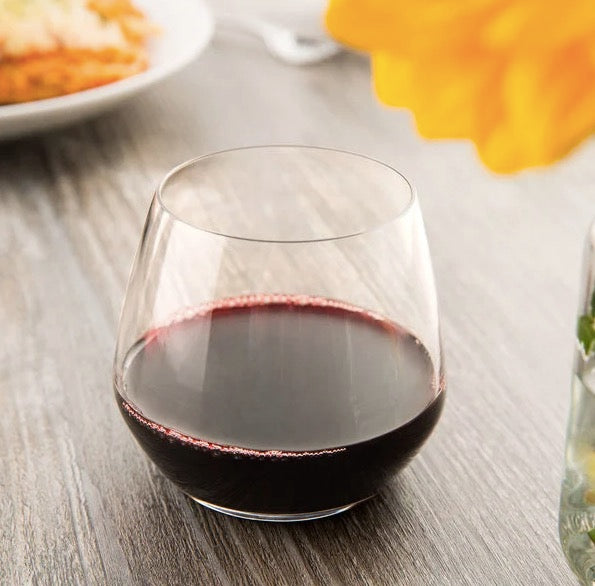Wine + Dinner= Winner!
No, but really, cooking with wine can alter a dish and take it to new heights. It’s that subtle taste that you wouldn’t know is there but if left out changes how delicious it was. Take shrimp scampi, mussels, braised/stewed meat, etc. The list goes on!
However, cooking with wine can be very intimidating at times. What wine do you use? When should you add it to your dish? What dishes require wine? It’s a question I often get on social and I’m here to motivate you all to add a splash (or two) of vino to your dishes. Trust me, it’s that BIG and rich flavor you’re looking for. Pour yourself a glass and let's get started.
What does wine do? Adds flavor, color, and sweetness!
What type of wine should I use?
Flavors range from white to red and even down to the type of wine. There are so many variations that range in flavor based on the notes incorporated in each. This is what usually adds to the intimidation of it all. Don’t fret I’m here to break it down. Reds tend to include smoky, earthy, and berry-like notes. Whites tend to include more of citrus, lemon, honey, floral and crisp fruity notes. My go-to for recipes that require red or white wines are sauvignon blanc, pinot grigio, cabernet, and merlot. For those special recipes that require sweet, fruity or oak wines seek the help of your local wine shop (not a liquor store, unless you trust them). Give them the 411 on what you’ll be cooking up and they’ll be sure to suggest something.
Be very careful with the amount of wine you’re using. Sometimes using too much can result in the wine adding sweetness to a dish that should otherwise have more depth. Be gentle! I stay away from all sweet wines unless otherwise instructed by a wine expert for specific dishes.
- Red wine is obviously just that, red. Adding it to any dish should add depth and color to your dish. Red wine is great for stews, braised protein, or tomato sauces. It can also be used to deglaze your pan to create rich sauces after searing lamb, duck, chicken, or beef. You can even use red wine to flavor desserts, especially with chocolate.
- White wine is the opposite in regards to color. For white or light-colored sauces and soups, stick with white. White wine is a staple in my house, especially for seafood dishes. It’s versatile and mellows out the ingredients in a dish in a way that unites them. Use it to deglaze the bits that are left in the bottom of your pan to make a quick sauce, add to a fish, chicken, pork, or mushrooms. Use it in one-pot rice dishes like risotto. The possibilities are endless. My absolute favorite dish that includes wine? PEI Mussels!
Do I have to spend all of my coins on fancy wine?
Not at all. Save the good stuff for drinking purposes. There are a bunch of inexpensive and quality wines you can purchase at $10 or less. Hell, I’m going to bring you in on a little secret, Trader Joe’s Wine Shop has everything you need and more. Yes, Trader Joe’s. Your read right!
The only time I’d suggest using an expensive bottle is if your dish requires a small amount and you’d have to open another bottle. Pouring a bit from the bottle you’re already planning on drinking is your best bet.
Just do me a favor, DO NOT (by any means) purchase “cooking wine” at your local food store. They tend to be very poor quality and are priced similar to a cheap bottle of wine at your local wine shop.
Is there any alcohol left in the dish when cooking with wine?
The only time the alcohol from the wine will cook out in a dish completely is if you're cooking a stew, braised protein, or a slow-cooked sauce. The wine would need about three to four hours of cooking time for the alcohol content to be removed from the dish. So, the shorter you cook the wine in a sauce or recipe the more alcohol content that will be present.
When should you add the wine?
- For stews, braises, or long-simmering tomato sauces, add wine early in the simmering stage, after you’ve browned the meat and vegetables.
- For pan sauces, add the wine after you’ve seared your meat and have set aside. You want to use the wine to deglaze the pan by scraping the bits that are left in the bottom of the pan to create a concentrated and syrupy sauce. Add in a bit of butter here as well to bring it all together.
- For marinades, combine the wine with all of your other ingredients.
- In rice dishes, add your wine after the veggies have been cooked through and your rice has been combined with the dish. Wine should cook down before adding additional liquids and covering to complete the cooking process.
- Saving for the best for last- to sauté shrimp or scallops, add your wine after searing and before the seafood is cooked through. You’ll want to add wine, then butter, in that order. It provides time for the wine to cook through and ultimately creates a buttery sauce. Want to up the ante? Add in herbed olive oil or fresh herbs with the butter to baste your seafood and for an elevated seafood dish
Check out our Summer Vibes Collection to explore the best glasses and boards for to make entertaining a breeze!
Cheers!


